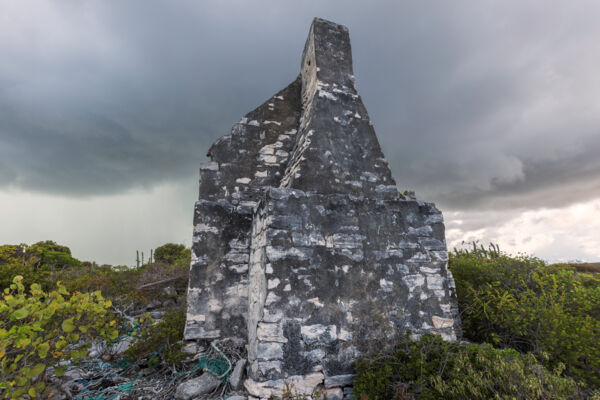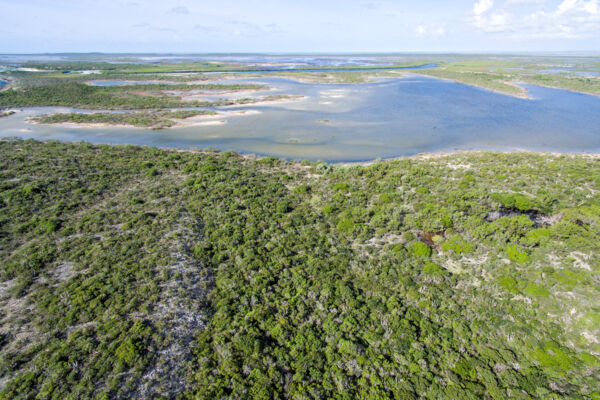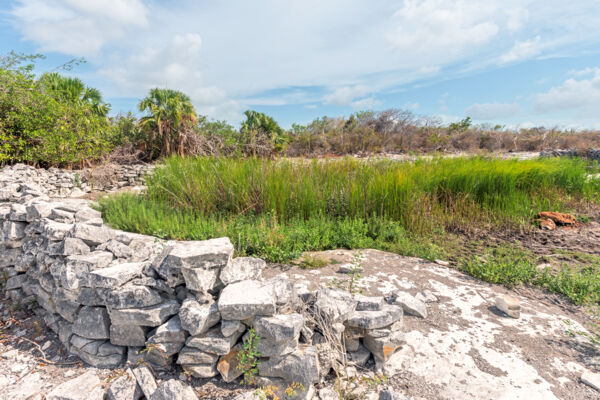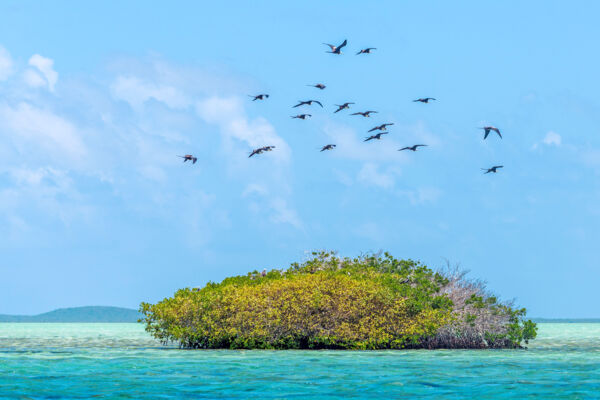Hog Cay Turks and Caicos

Found in the chain of cays between South Caicos and East Caicos, Hog Cay is a 5500-acre (2225-hectare) uninhabited island.
Hog Cay consists of several interesting and beautiful terrains. The southern half of the island features complex hills, reaching peaks of about 100 feet (30 m). Pristine mangrove-lined channels, teeming with birds and marine life, wind their way through the north and east sides of the island, and extensive tidal flats lead off the west side.
The importance of Hog Cay from an environmental perspective cannot be overstated. Almost every type of landscape common to the country can be found on the cay, including brackish ponds and Karst features. Due to the island’s isolated location, wildlife populations remain undisturbed.
Because of the constant tidal water movement through the channels, the area is home to dense mangrove forests, which in turn shelter the young fish and conch life necessary to our healthy marine ecosystem.

Although rarely visited, the general Hog Cay region is a spectacular kayaking, paddleboarding, and camping region.
White Salina Bank
On its west side, Hog Cay is flanked by the extensive White Salina Bank, one the single largest transitional tidal flats in the Turks and Caicos. This area supports an unvarying terrain of exposed soft limestone plane bedding interspersed with pockets of silty ground.
Although typically dry, abnormal spring tides and minor storm surges may submerge wide expanses of the White Salina Bank.
The Turks and Caicos Donkey

As is also the case with Grand Turk and Salt Cay, donkeys were once an essential means of transport and were introduced to the adjacent and also currently uninhabited East Caicos. Over time, the animals became feral, and some migrated across the tidal flats to Hog Cay from East Caicos.
Donkeys tend to change the environments of the islands they are on. As can be seen on aerial images, narrow paths have formed on the popular routes between grazing areas and water sources.
There’s no pleasant way to say it. The donkeys of Hog Cay and East Caicos have a very difficult life.
During the rainy season, the number of mosquitoes can be breathtaking, which forces the animals to seek limited refuge either on the dunes on the east coasts, or in the open salina tundra, where the wind keeps the mosquitoes down a little.

Fresh water is another hardship. There’s simply very little water to be found, and some inland pools are treacherous and surrounded by poisonous manchineel trees, as the present donkey skeletons can attest to.
Discussions were made and research was conducted on the removal of the donkeys from the island both for the conservation of endemic and native species and to prevent the suffering of the animals, yet there’s no feasible place to relocate them to, and euthanizing them was the only viable option.
Birdwatching

The long mangrove estuary that divides the eastern side of Hog Cay from McCartney Cay is one of the finest birdwatching locations in the Turks and Caicos, especially for tricolored herons and reddish egrets. It’s not uncommon to spot flocks of 15-20 of these majestic wading birds at one time.
Ospreys are common sightings as well. The coastal dunes to the east of Hog Cay support some of the highest densities of ospreys in the Turks and Caicos.
Frigatebirds can also be seen at times riding the thermals above, as these eye-catching seabirds have a rookery on a small mangrove island near South Caicos and Hog Cay.
History and Plantations
Although uninhabited today, Hog Cay once supported a Loyalist-era plantation, which initially raised cotton. Later, after the failure of cotton growing in the Turks and Caicos, sisal was briefly grown on the cay in the early 1900s.
Limited ruins from these agricultural attempts still stand, including a few crumbling buildings and field walls.
